Let’s try to take a look at the mobile application aspect of a social media platform as its key habitat. Most of the social networks we use today started at the dawn of the fast and mobile internet, which made them focus primarily on the web versions of their products. However, the shift towards the mobile-first approach has happened a while back and it doesn’t seem to be planning a retreat.
Social media apps like Snapchat are widely recognized as the future of social media as they blend all the existing experiences into one while utilizing latest technologies and hottest design trends. Today, you can approach social media application development from many angles, you can start building a native, cross-platform, or hybrid application for iOS and Android. In most cases, however, the choice depends on the time/cost ratio.
Where to start making a social media app
The first thing about any project is it starts with the definition and scoping as part of the exploration phase. The actual design and development are the two major parts of the manufacturing phase. All the testing and other verification jobs are done afterwards. What will follow is the mission control phase with the launch, maintenance, and support processes.

Social media app features
Here are the must-have features any social media website, let alone app has to have in order to even pass the threshold of user exposure.
User engagement
There are multiple social networks people are already on. It’s extremely hard to get people to register an account in your app, so a better way to engage them is connecting some other account to your app.
Example: Facebook sign-in to Tinder.
Customization
The ability to decorate your page in a style that fits your other pages is crucial for a brand and it also gives you an opportunity to speak to businesses and make their customers yours. People respond well to a profile customization options, including imagery, layouts, naming options, and etc.
Example: Medium publication page.
The binding power
The point of being on a social network is the same as being part of the social club – you can bind with the people you have a shared interest, outlook, mindset, or problem with. Binding with other users has to be as effortless as possible. The system has to identify your preferences and supply them accordingly.
Example: Instagram suggested users supply.
Relevance
Every social media is a constant flow of information, the more refined your flow, the bigger the appreciation users will have for your app. What makes social platforms stand out is the type and the quality of content they deliver. In order to be a platform that generates content first, and not just shares it, there has to be a strong user content feed with a unique flavor to it.
Example: Pinterest
In-app messaging
Every major social media app is struggling to retain users within their perimeter. For that purpose, every app is introducing the same features and compete with one another in their usability. Messaging is no different. You don’t want your users to fall back on other apps that have that functionality. This might not be the main feature and often times, people tend to stick to the messaging services they are used to, but it has to be present.
Example: Twitter

Image credit: Sascha Michael Trinkaus
Social media app development phases
Having defined the core features and the killer feature of your app, where do you take your idea from there?
Scoping
Obviously, one of the most important parts of social media application building process is putting it on schedule. This includes methodology selection, deadlines determination, and the creation of user stories.
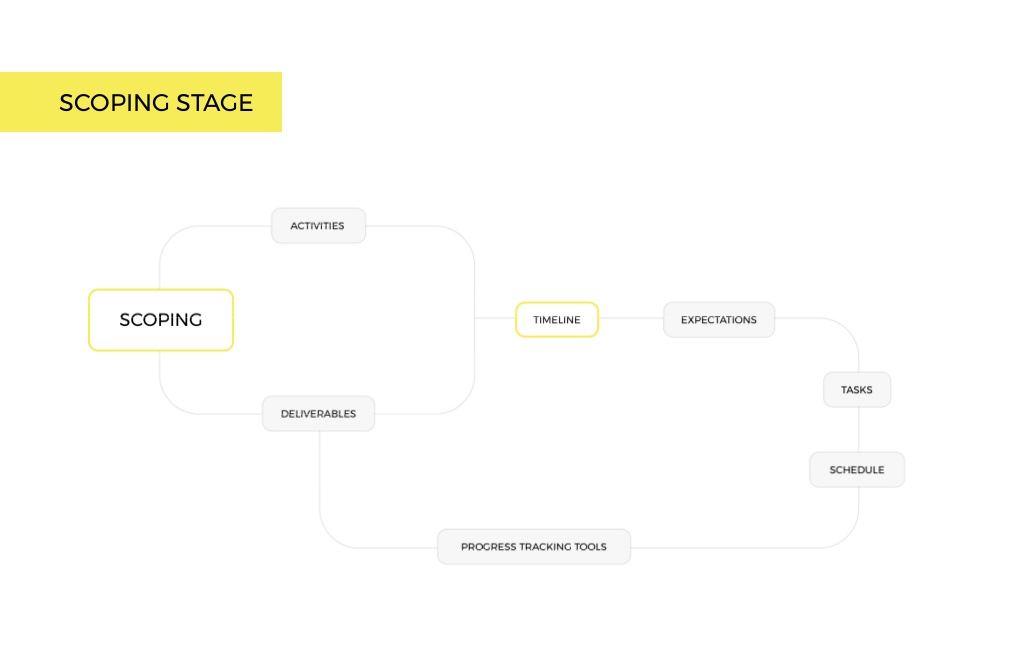
Wireframing
Before visual design comes into play, there has to be a UI/UX projection. In order to map the features across the app, we have to plan interaction, see how the logic will work and create the architecture of the app without any visual anchors to distract us from structuring the experience.
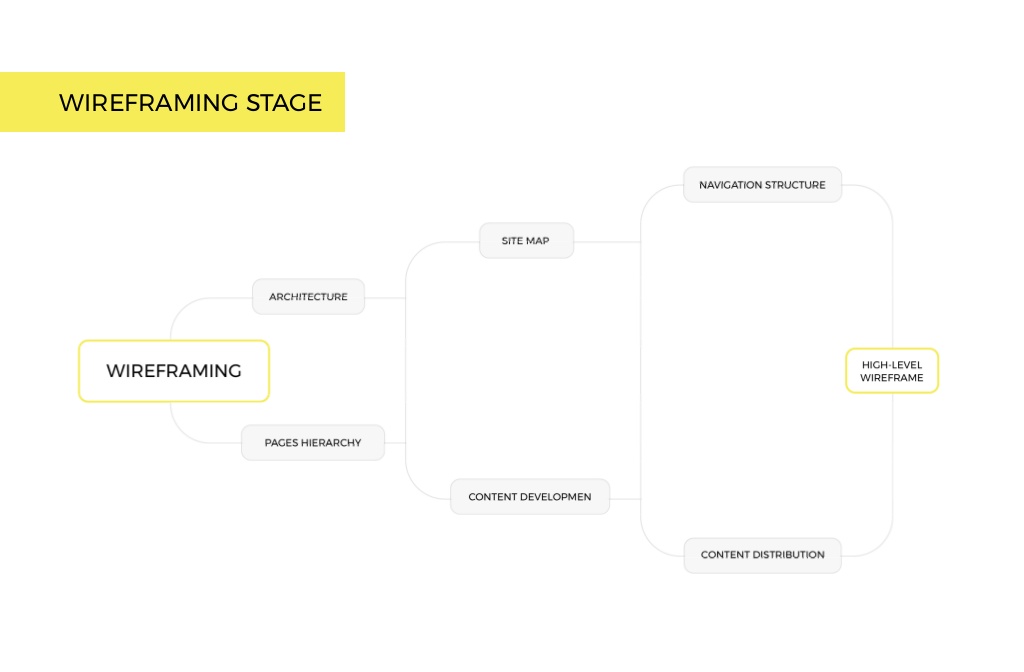
Design
Once the information architecture is complete and the flow is created and tested, we can move on to putting some flesh on it. We put visual elements and skins on the wireframes according to the latest trends and best UX practices. The design stage has an objective of delivering a working model of the app – the prototype. It creates a first-hand understanding of the app logic and its usability. Editing the idea before it gets put to code is much easier and cheaper.
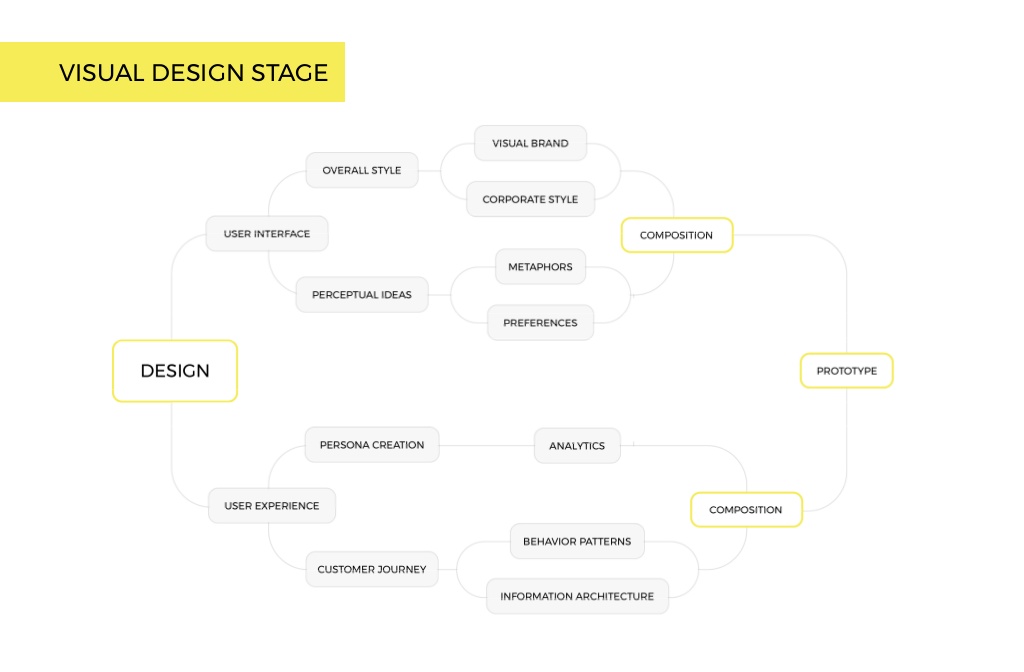
Development
Depending on the methodology selected for the project, the design and development processes might run side-by-side, or consecutively. After various features of the prototype are complete, we set up the back-end infrastructure of the application, deploy databases and APIs on the app servers. Due to the scoping stage, we know the exact size of technical resource involvement for the project.
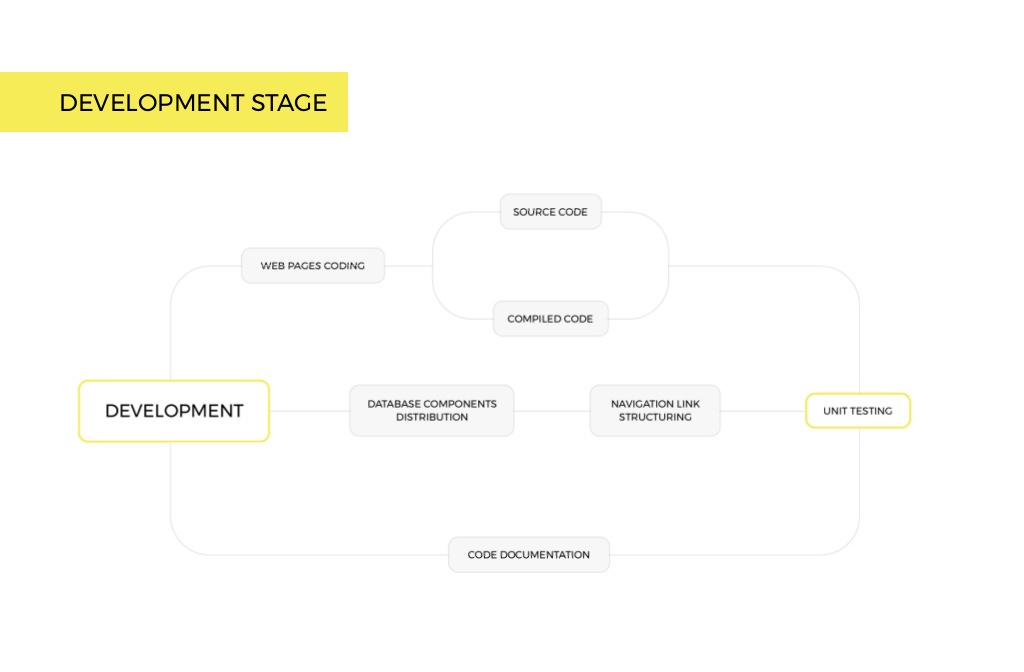
QA/Testing
We always reserve the untouchable space for manual and automated testing done after the product is done. On top of testing features as they come out, we make sure the entirety of the application is correct and corresponds the definition of the project.
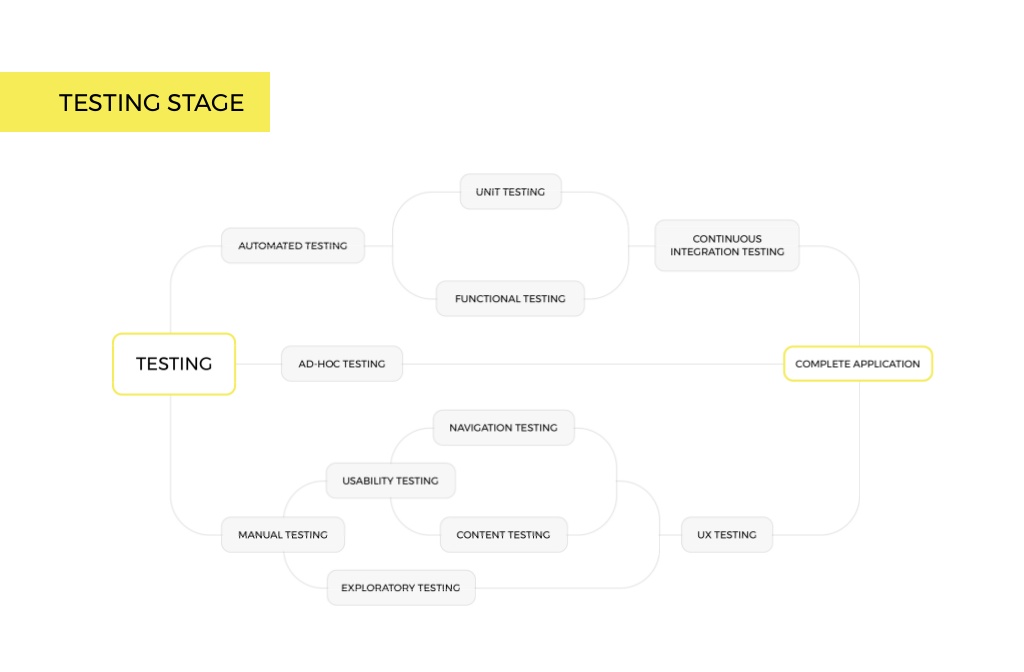
Launch and maintenance
The semi-final stage of your social media app development cycle is the launch. We make sure we deliver the final build on time and everything works perfectly fine. We make sure the application s we deliver are safe, secure, and on par with App Store and Google Play requirements and recommendations. Prior to the launch, there has to be a bit of a media buzz as part of the marketing work.
We say semi-final because the app is not done after the launch. This is where it all begins actually. By using accurate metrics and performance analysis, we measure the impact your social media app makes corresponds the initial statement. For an app, it’s very important to stay fresh and relevant. For this, we’ll watch it closely and find ways to enhance its design and performance all for the sake of better usability and popularity of the app.
Why making a social media app is worth it
Social media platforms are still discovering their killer features. Memories, highlights, stories, live videos, new filters constantly popping up are an endless supply of user-engagement strategies. More times than not, they do work and become generally-accepted and appreciated.
Business tools within social media are not realized to the best of their potential so far, which means there is a room for better solutions. The same concerns pure entertainment value of social media. The rise of wearables and their availability will lead to more functionality being packed into them, and social media interaction will certainly gain from it.
Making a social media app in 2018 does not mean duplicating and replicating what’s hot or what’s been unfairly forgotten. It means blending the familiar experiences and unifying all the best features under a sufficient, beautiful, and engaging application.
